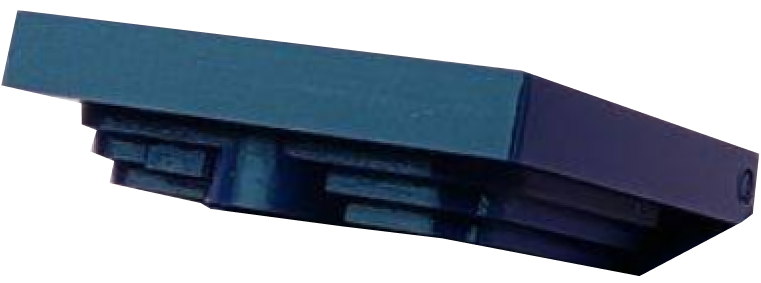He refuses to comment on his own works. When viewing, personal perception and understanding are much more important to him. However, the ball can be untwisted with careful viewing. Lynch invests himself so deeply in the business that every detail and even music can tell something.
David Lynch is famous as the author of independent American cinema. His films are strange and incomprehensible, and fans around the world scratch their heads over the meaning of the films.
it doesn't matter what i wanted to say,
what matters is how you understood it
what matters is how you understood it
I never ask anyone to read a script excerpt. I just feel something after talking to a person. It's something in the look. It’s a sensation in the air.
color
Lynch's recognizable color scheme developed while working on “Blue Velvet”
And since then, it hasn't changed much. The predominant colors in his palette are blue, red, yellow and black.
The first symbolizes mystery (the curtain in the credits of “Blue Velvet”, the blue rose in “Twin Peaks: Fire Walk with Me”, the box and key in “Mulholland Drive”), the second symbolizes sexuality, deceit and danger (the famous Red Room with velvet curtains), and the third is associated with madness.
The red lampshade is the literal border between the worlds. It is with the appearance of the red lampshade in the film “Mulholland Drive” that the viewer's suspicion that everything that happens is a dream is connected. In Lost Highway, he flashes right before the hero plunges into darkness and the subsequent murder of his wife.
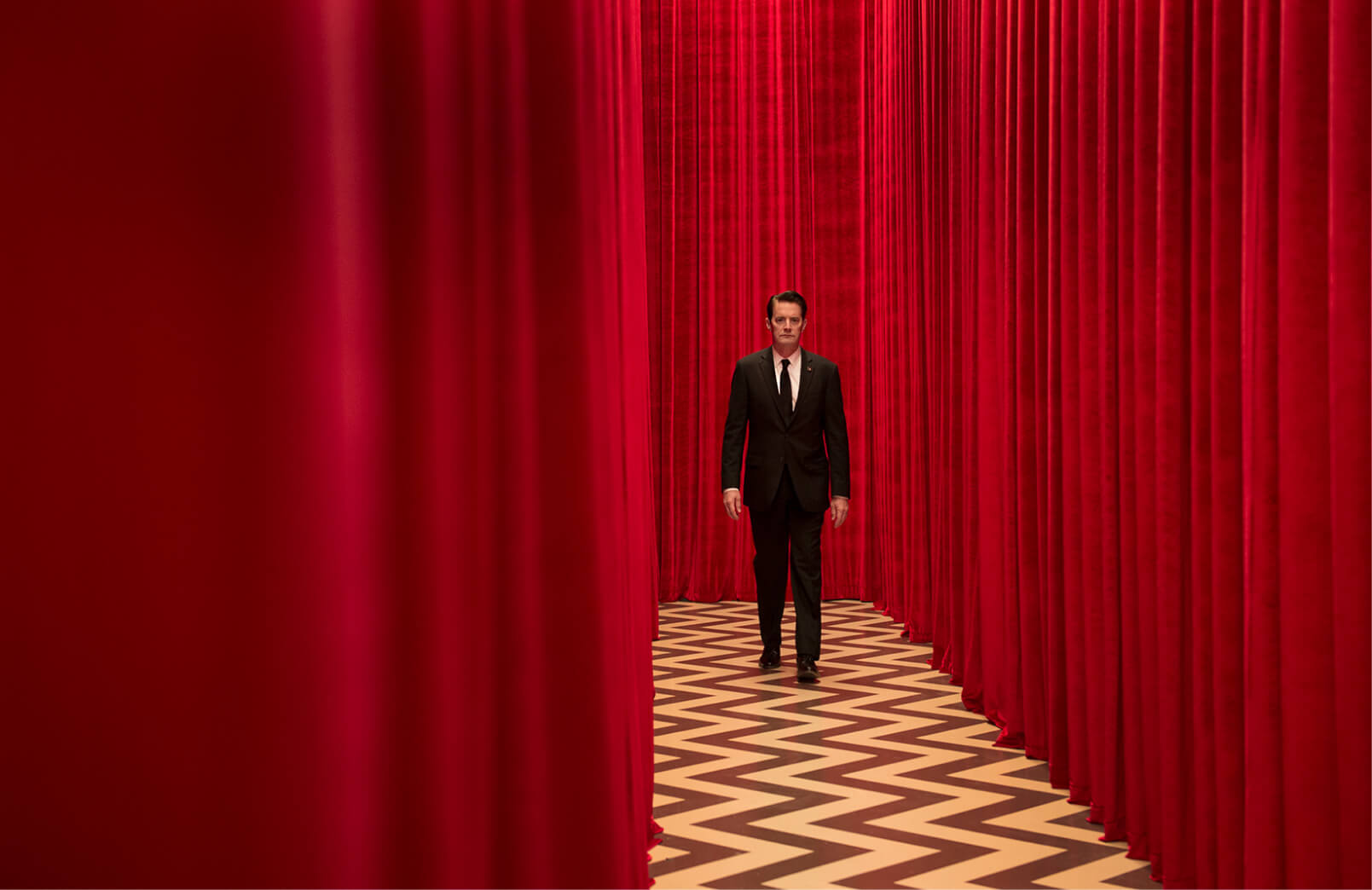


color
Lynch's recognizable color scheme developed while working on “Blue Velvet”
And since then, it hasn't changed much. The predominant colors in his palette are blue, red, yellow and black.
The first symbolizes mystery (the curtain in the credits of “Blue Velvet”, the blue rose in “Twin Peaks: Fire Walk with Me”, the box and key in “Mulholland Drive”), the second symbolizes sexuality, deceit and danger (the famous Red Room with velvet curtains), and the third is associated with madness.
The red lampshade is the literal border between the worlds. It is with the appearance of the red lampshade in the film “Mulholland Drive” that the viewer's suspicion that everything that happens is a dream is connected. In Lost Highway, he flashes right before the hero plunges into darkness and the subsequent murder of his wife.



The worlds of Lynch are inconceivable without his music - exciting, disturbing, frightening
music
In his films, music does not only accompany the action, it tells his story, leads to conjectures and leads away from them into the world of dreams, deeply cutting into memory and getting straight to the subconscious.
The director worked on a permanent basis with composer Angelo Badalamenti. It was he who wrote all the recognizable melodies in “Twin Peaks”, including the title track and the famous theme of Laura.

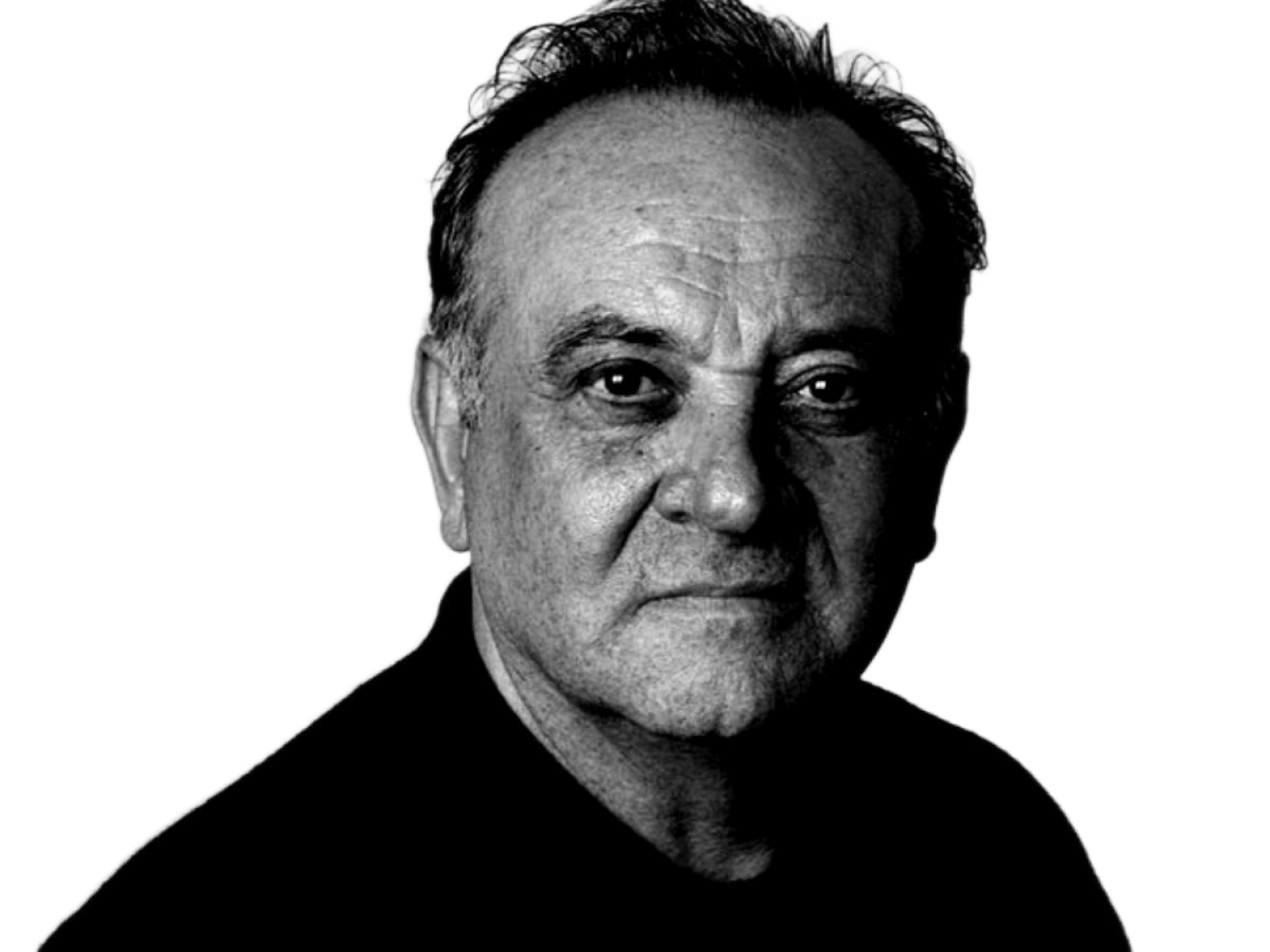
Flame, smoke and their derivatives are an indispensable element of most his works
Fire is a sacred power, a strict deity, capable of judging and punishing, and sometimes protecting.
fire
The protagonist of “Eraserhead” disappears in a thick foggy cloud, while the characters of “Wild at Heart” drown in cigarette smoke, thus reporting a craving for self-destruction, and the Mysterious Man from “Highway to Nowhere” lives in a house blazing with fire.




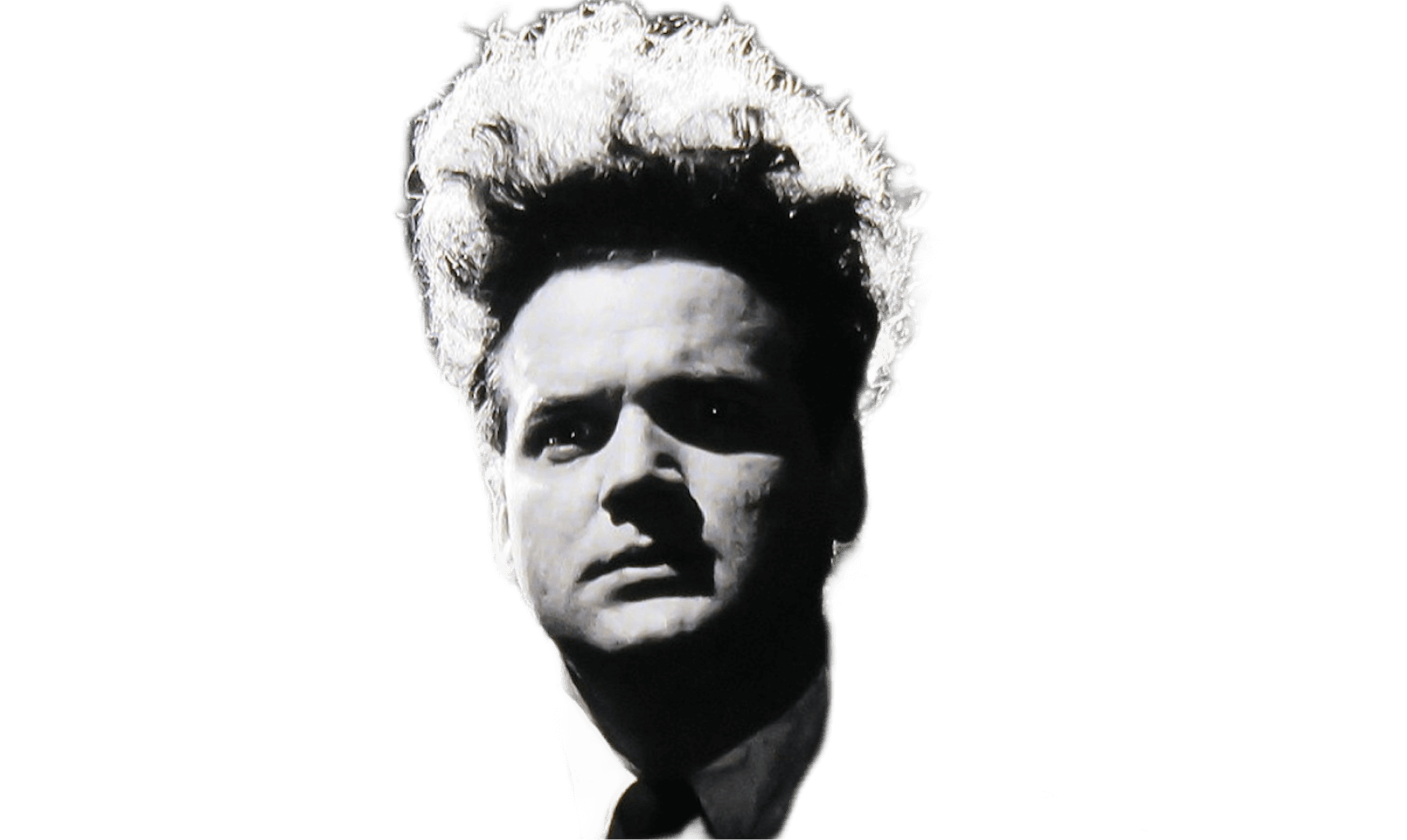
Монстры
Emphasis on bodily deformity begins with “Eraserhead”
monsters
The director's dream reality is also conveyed through sensations. The use of terrible make-up, actors with non-standard appearance helps him create a feeling of fear and unreality in the viewer. In the Lynchian universe, the presence of such distortions is considered normal.
“The human body is beautiful,” Lynch writes. “But there's something about its distortion that turns it into something more. Because of what the work of the imagination begins”.
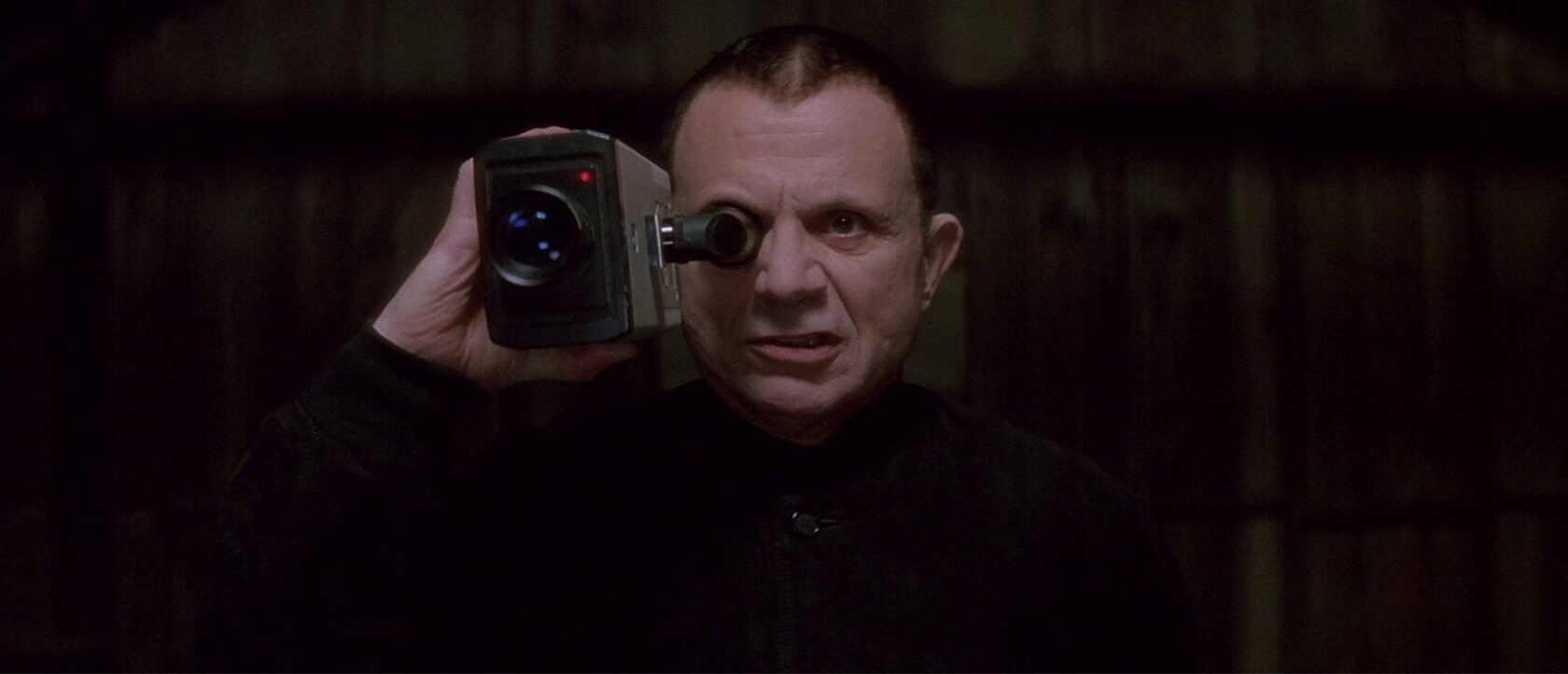
The heroes of Lynch almost never approach the mirror just like that - turning to it, they ask the well-known question “who am I?”. And find the answer in the mirror.
The image of the mirror is the key in the films of David Lynch
mirror
So, the girl from “Mulholland Drive”, who has lost her memory, finds in the mirror not only her imaginary image, but also a suitable symbolic designation for it, her new name.
Also, Agent Cooper in the final scene of the “Twin Peaks” series sees his whole self in the mirror - now “I know who I am”.







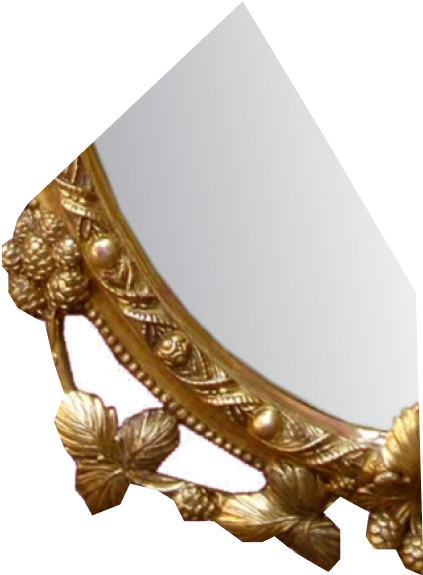
Even the members of his film crew did not seek answers to these and many other questions from Lynch. His mystery is a full-fledged element of the director's universe - It simply exists nearby, like a dense suburban forest in which someone's cut off ear is hidden.
Who is Diane, where is Aunt Ruth, and where does the highway eventually lead?
mystery

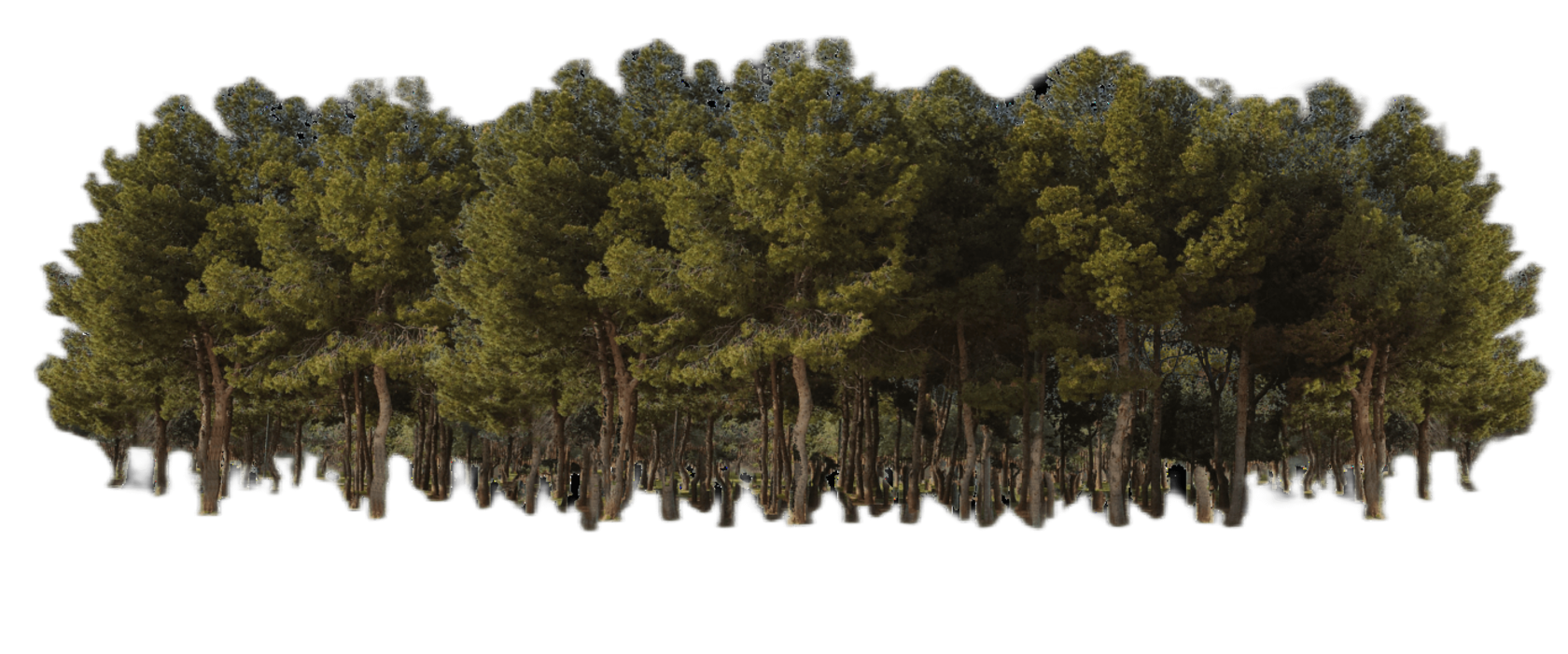
Even the members of his film crew did not seek answers to these and many other questions from Lynch. His mystery is a full-fledged element of the director's universe - It simply exists nearby, like a dense suburban forest in which someone's cut off ear is hidden.
Who is Diane, where is Aunt Ruth, and where does the highway eventually lead?
mystery


I like when there is something dark in the frame. If you can see everything, then there is no more mystery
The road in Lynch's films is a thing in itself: it starts nowhere and leads nowhere
On it, as in a separate space, crimes can happen and people die, but it’s impossible to just go astray.
On the road there is an incident that led to all the events of the film “Mulholland Drive” on the road during the entire film are the characters of “Wild at Heart”. Lynch repeats the motif of the empty road as an allegory of waiting in the video of the singer Lykke Li.
road
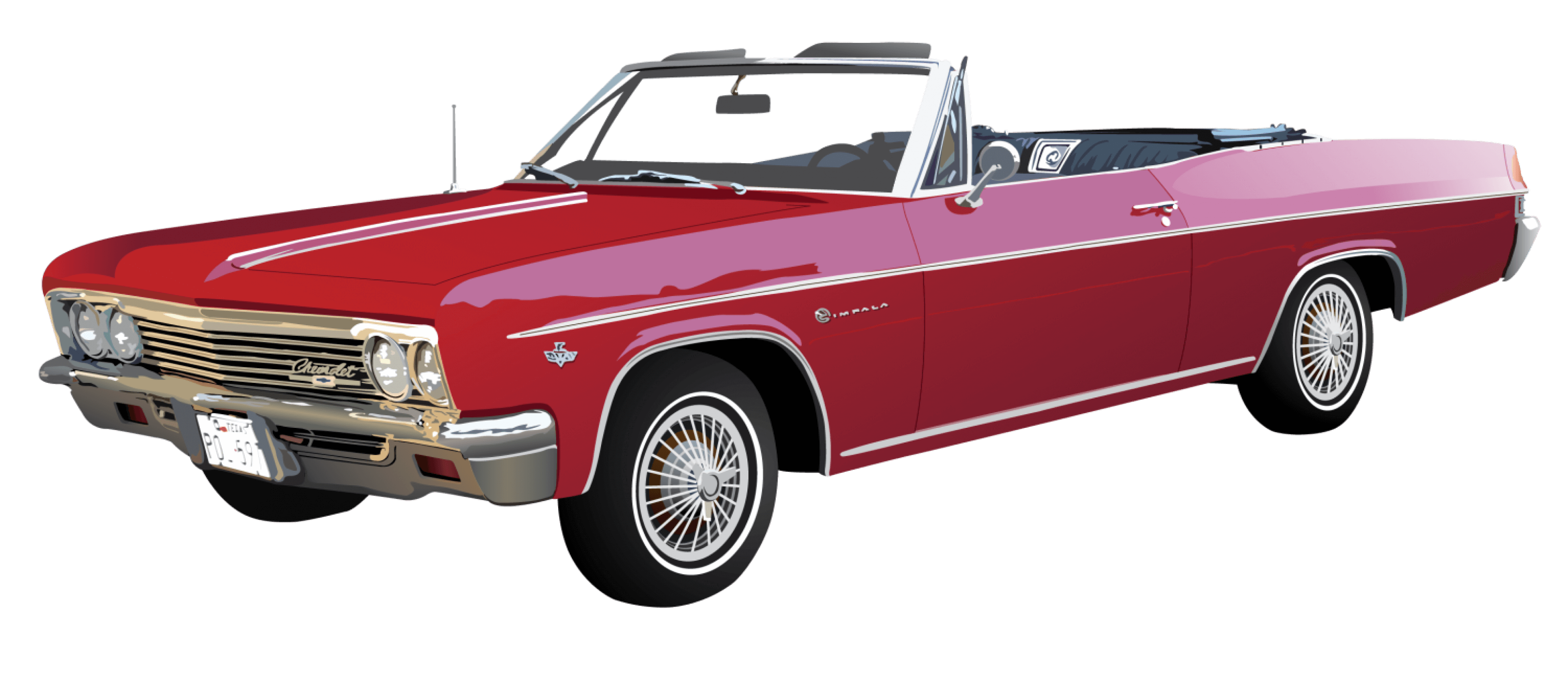
The road in Lynch's films is a thing in itself: it starts nowhere and leads nowhere
On it, as in a separate space, crimes can happen and people die, but it’s impossible to just go astray.
On the road there is an incident that led to all the events of the film “Mulholland Drive”, on the road during the entire film are the characters of “Wild at Heart” Lynch repeats the motif of the empty road as an allegory of waiting in the video of the singer Lykke Li.
road

The road in Lynch's films is a thing in itself: it starts nowhere and leads nowhere
On it, as in a separate space, crimes can happen and people die, but it’s impossible to just go astray.
On the road there is an incident that led to all the events of the film “Mulholland Drive” on the road during the entire film are the characters of “Wild at Heart”. Lynch repeats the motif of the empty road as an allegory of waiting in the video of the singer Lykke Li.
road

The Owls are not what they seem
Lynch is in twos. The director skillfully flirts with the audience, while they become entangled in a nightmarish dream, from which, it seems, there is no way out - he has to play not by his own rules.
Lynch's reality now and then turns out to be fiction, and one character is completely different. It is in the form of a vision that Agent Cooper is given clues, and Rita's dream brings the heroines of “Mulholland Drive” closer to the solution.


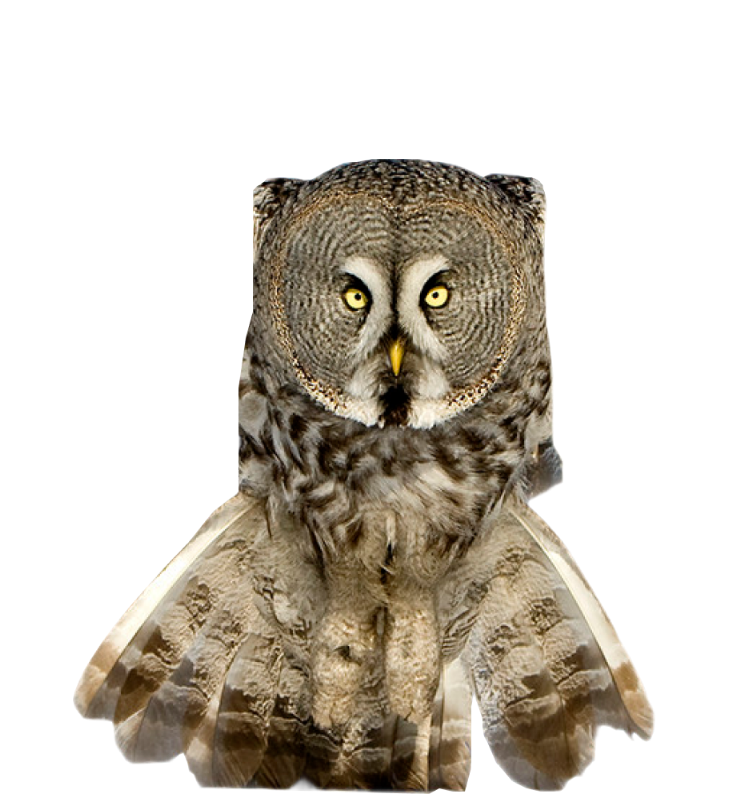
I'm a genius, and every genius has their own quirks
Web designer





